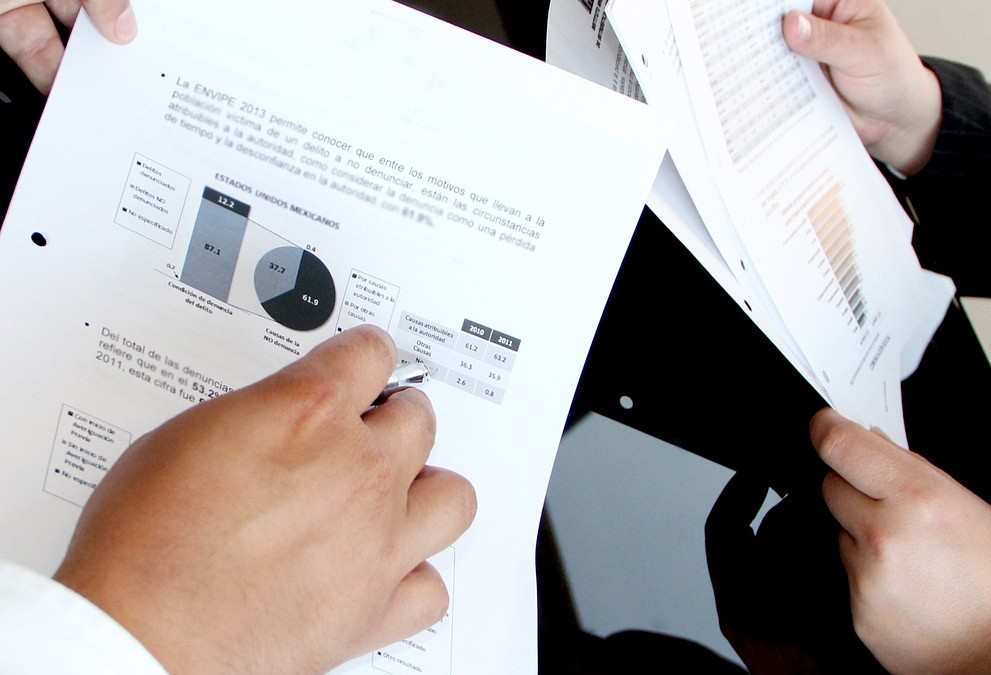Public finance is a critical aspect of economics that deals with the role of the government in the economy. It encompasses the allocation of resources, the distribution of income, and the stabilization of the economy. The field of public finance is broad and includes various components such as government revenue, government expenditure, and public debt. In this article, we will delve deep into the nuances of public finance, exploring its key components, significance, and the impact it has on a nation’s economic health.
Understanding Public Finance
Public finance is primarily concerned with the management of a country’s revenue, expenditure, and debt load through various government and quasi-government institutions. The aim is to achieve a desirable balance between economic growth and stability. The main components of public finance include:
Government Revenue
Government revenue is the money received by the government from various sources to fund public expenditures. It can be classified into:
Tax Revenue: This is the primary source of income for most governments. It includes:
- Income Tax: Levied on individuals and businesses based on their earnings.
- Corporate Tax: Imposed on the profits of corporations.
- Sales Tax: Applied to the sale of goods and services.
- Property Tax: Based on the value of property owned.
- Excise Duties: Taxes on specific goods like alcohol, tobacco, and fuel.
Non-Tax Revenue: These are the revenues generated from sources other than taxes. They include:
- Fees and Charges: Payments for government services.
- Fines and Penalties: Levied for legal infractions.
- Profits from Public Enterprises: Income from government-owned corporations.
- Grants and Aids: Financial assistance from other governments or international organizations.
Government Expenditure
Government expenditure refers to the spending by the government to fulfill its various roles and responsibilities. It can be broadly categorized into:
Current Expenditure: These are the recurring expenses required for the day-to-day functioning of the government. They include:
- Salaries and Wages: Payments to government employees.
- Pensions and Social Benefits: Payments to retired employees and welfare programs.
- Operational Costs: Expenses for maintaining public infrastructure and services.
Capital Expenditure: These are investments in long-term assets that contribute to economic development. They include:
- Infrastructure Projects: Construction of roads, bridges, and public buildings.
- Healthcare and Education: Investments in hospitals, schools, and universities.
- Defense and Security: Spending on national defense and public safety.
Public Debt
Public debt is the total amount of money that a government owes to external creditors and internal stakeholders. It can be classified into:
- Internal Debt: Borrowings within the country from citizens, financial institutions, and businesses.
- External Debt: Loans and credits obtained from foreign governments, international organizations, and global financial markets.
Managing public debt is crucial for maintaining economic stability and avoiding scenarios where debt servicing consumes a large portion of government revenue.

Importance of Public Finance
Public finance plays a pivotal role in shaping the economic landscape of a country. Its importance can be highlighted through the following points:
Economic Stability
Public finance mechanisms are essential for maintaining economic stability. Through fiscal policies, the government can influence macroeconomic conditions such as inflation, unemployment, and economic growth. By adjusting its revenue and expenditure, the government can smooth out economic cycles and mitigate the adverse effects of economic fluctuations.
Resource Allocation
Efficient allocation of resources is a primary objective of public finance. The government collects revenue through taxation and allocates these funds to various sectors to ensure that essential services are provided and public goods are maintained. This includes funding for healthcare, education, infrastructure, and public safety.
Income Redistribution
Public finance helps in reducing income inequality through redistributive policies. Progressive taxation ensures that those with higher incomes pay a larger share, which can be used to support social welfare programs and provide financial assistance to the underprivileged sections of society.
Public Goods and Services
The provision of public goods and services is a fundamental role of the government. These goods and services are non-excludable and non-rivalrous, meaning they are available to all citizens and one person’s consumption does not reduce availability for others. Examples include national defense, public parks, and street lighting. Public finance ensures that these services are adequately funded and maintained.
Fiscal Policy and Public Finance
Fiscal policy is a key instrument of public finance. It involves the use of government revenue collection and expenditure to influence the economy. Fiscal policy can be classified into:
Expansionary Fiscal Policy
This policy is adopted during periods of economic downturn to stimulate growth. It involves increasing government spending and/or reducing taxes to boost aggregate demand. The objective is to reduce unemployment and increase economic output.
Contractionary Fiscal Policy
Used during periods of economic boom to prevent overheating of the economy, contractionary fiscal policy involves decreasing government spending and/or increasing taxes. This helps in controlling inflation and maintaining sustainable economic growth.
Neutral Fiscal Policy
This policy aims at maintaining a balanced budget where government expenditure equals government revenue. It is used to ensure that the economy remains stable without significant fluctuations in aggregate demand.
Challenges in Public Finance
Managing public finance effectively is fraught with challenges. Some of the major issues include:
Deficit Financing
Governments often face budget deficits where expenditures exceed revenues. Deficit financing through borrowing can lead to an unsustainable debt burden if not managed properly.
Tax Evasion and Avoidance
Tax evasion and avoidance reduce the revenue available to the government, affecting its ability to fund essential services. Effective tax administration and enforcement are necessary to mitigate this issue.
Inflation
Excessive government spending can lead to inflation, eroding the purchasing power of money and adversely affecting the economy. Fiscal discipline is essential to prevent inflationary pressures.
Public Debt Management
High levels of public debt can be detrimental to economic stability. Effective debt management strategies are required to ensure that debt levels remain sustainable and do not hinder economic growth.
Conclusion
Public finance is a vital component of economic management that involves the collection and allocation of government resources. It plays a crucial role in maintaining economic stability, promoting equitable resource distribution, and providing essential public goods and services. Effective public finance management is essential for the long-term economic health and prosperity of a nation.
Related: China’s fiscal revenue is down 2.3 pct in Beginning of 2024




